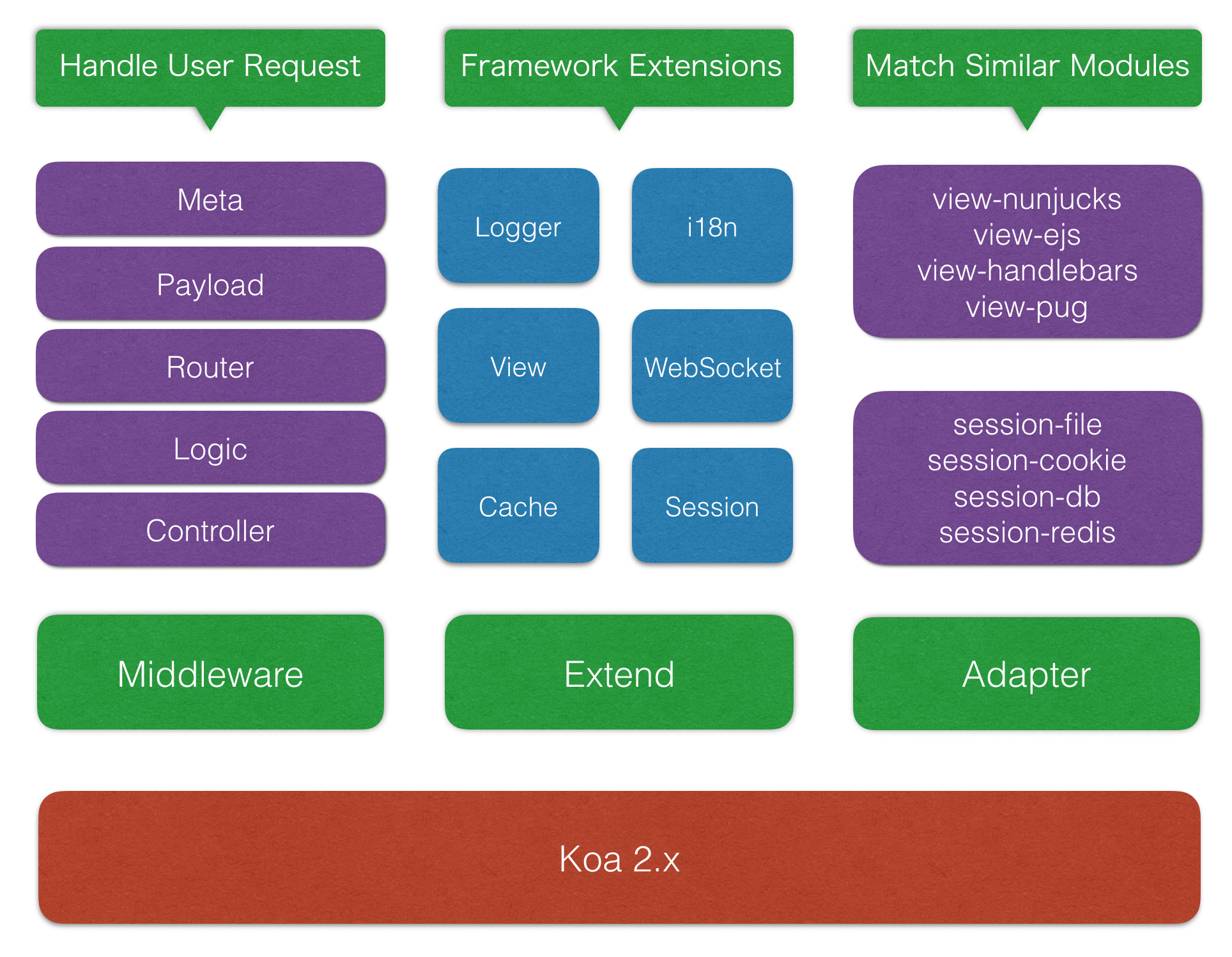

q, bluebird, deferred.js, vow, avow, jquery deferred to name just a few. There were a lot of promise implementations with slightly different syntax. Promises have been a controversial topic. Remember we had to do these statements to define default parameters: var link = function (height, color, url) `) // implicit return 2015: ES6/ECMAScript2015 comes out it has mostly syntactic sugar, because people weren’t able to agree on anything more ground breaking (ES7?)Įnough with history, let’s get to the business of coding.2009: ES5 comes out (this is what most of us use now) with forEach, Object.keys, Object.create (specially for Douglas Crockford), and standard JSON.AJAX, gains popularity in app such as Outlook Web Access (2000) and Oddpost (2002), Gmail (2004) and Google Maps (2005).

1999: ES3 comes out and IE5 is all the rage.1997: ECMAScript standard is established.It is in no way was intended to diminish usefulness of other ES6 features, which didn’t make it to the list simply because I had to limit the number to 10.įirst, a bit of history because those who don’t know the history can’t make it. Here’s the list of the top 10 best ES6 features for a busy software engineer (in no particular order):ĭisclaimer: the list if highly biased and subjective. If you’re a busy JavaScript software engineer (and who is not?), then proceed reading to learn the best 10 features of the new generation of the most popular programming language-JavaScript. If you don’t know what is ES6, it’s a new JavaScript implementation.

This essay will give you a quick introduction to ES6. Half of the talks I went to were about ES6 or, as it’s now called officially, ECMAScript2015. While var results in a variable with the surrounding function as its scope, the scope of a variable declared using let is only the block it is in.I recently went to HTML5 Dev conference in San Francisco. You’re used to declaring variables using var.

Most of the code samples come with an external “Run this code” link, so that you can see the code and play with it. If you need to support old versions of browsers that lack many ES6 features, I’ll touch on solutions that might help you start using ES6 today. Please note that support for these new ECMAScript 6 features is well underway in modern browsers, although support varies. In this article, we’ll discuss a hand-picked selection of ES6 features that you can use in your everyday JavaScript coding. The features have varying degrees of complexity and are useful in both simple scripts and complex applications. It’s the next version of JavaScript, and it has some great new features. You’ve probably heard about ECMAScript 6 (or ES6) already.


 0 kommentar(er)
0 kommentar(er)
